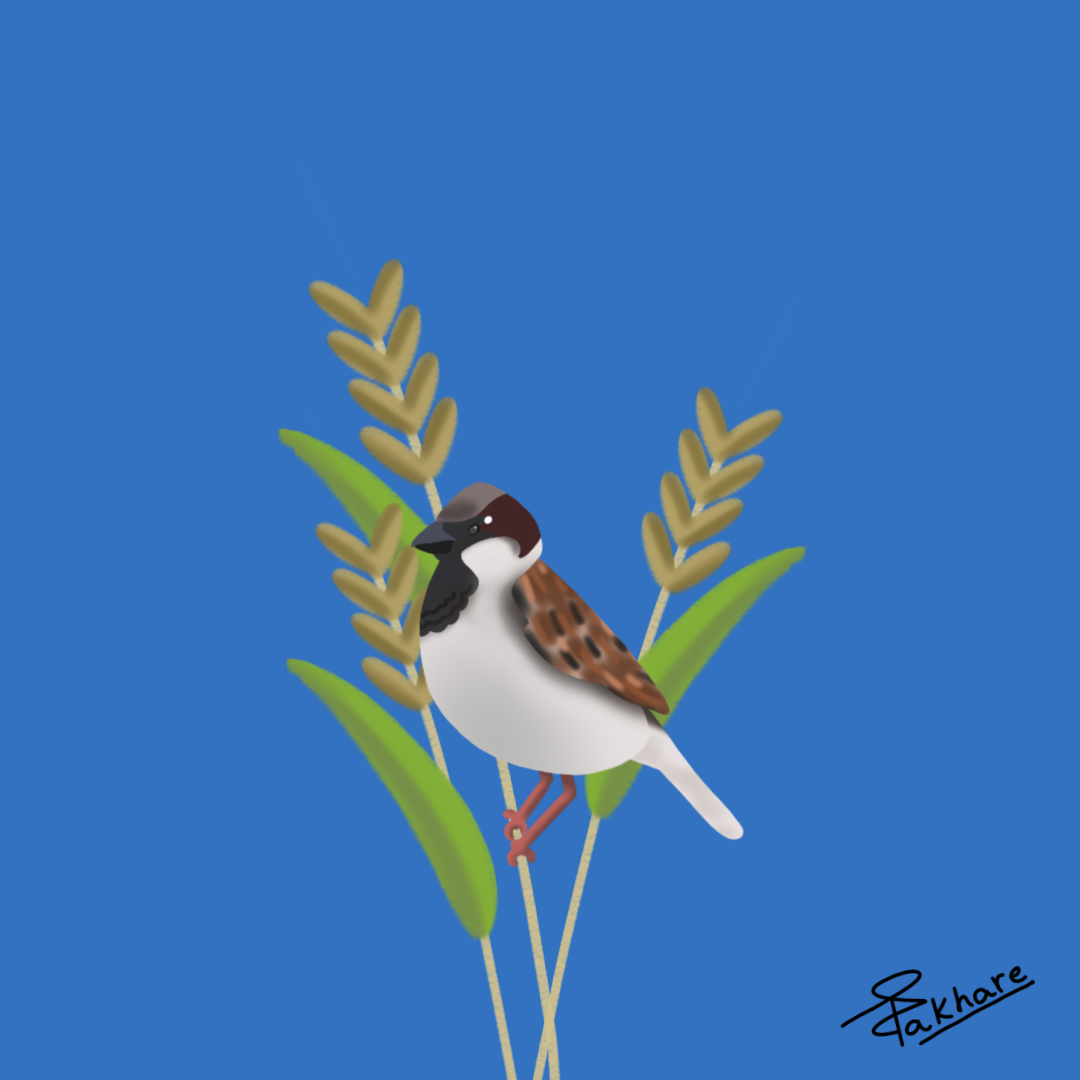
We all are familiar with the quintessential urban dweller, the House Sparrow, known for its adaptability and cheery chirps. This World Sparrow Day, let’s meet a few cousins of the House sparrows.
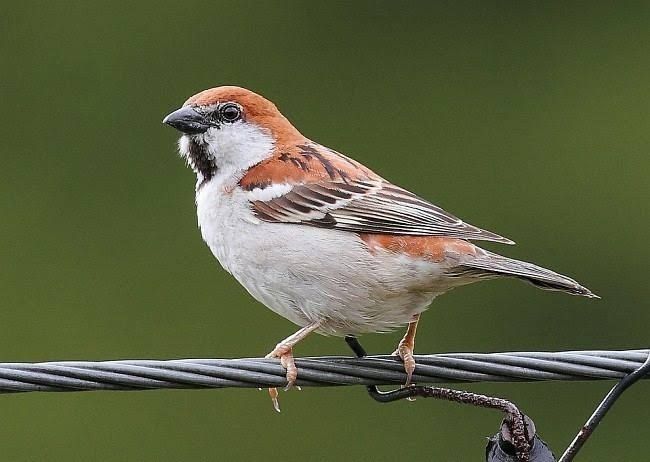
Russet Sparrow (Passer rutilans) :
Special Features: Sporting a russet-colored crown and chest, the Russet Sparrow is a sight to behold. Males flaunt vibrant plumage during breeding season, while females rock a more subdued look.
Distribution: Found in the northern and northeastern regions of India, these spunky sparrows call the Himalayan foothills their home.
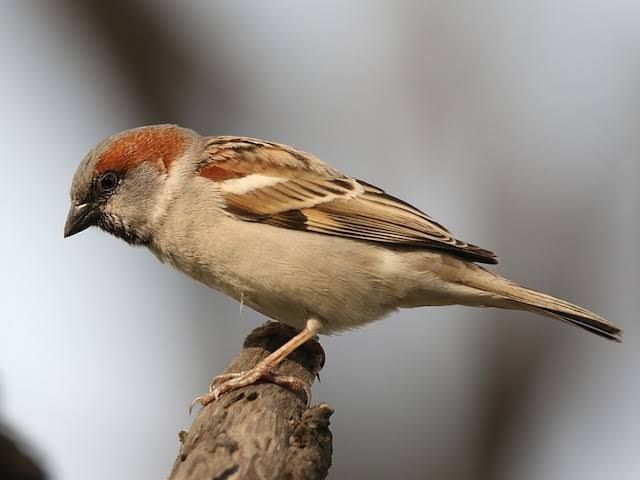
Sind Sparrow (Passer pyrrhonotus):
Special Features: Donning a cinnamon-brown back and a contrasting gray head, the Sind Sparrow adds a splash of color to its arid habitat. Males boast a striking black bib, while females sport a more modest appearance.
Distribution: Endemic to the arid regions of western India, including parts of Gujarat and Rajasthan, these sparrows are well-adapted to hot and dry climates.
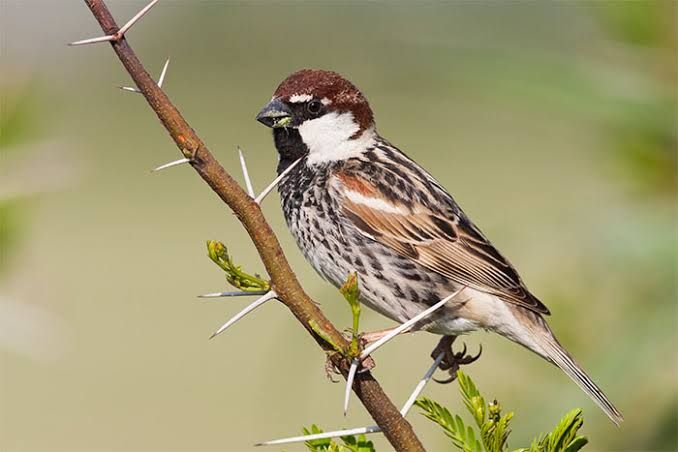
Spanish Sparrow (Passer hispaniolensis):
Special Features: With its warm chestnut-brown plumage and subtle streaking, the Spanish Sparrow exudes rustic charm. Males flaunt a chocolate-brown cap and a distinctive black throat patch.
Distribution: Although not as common as its House Sparrow cousin, the Spanish Sparrow can be found in parts of northern and western India, especially during migration periods.
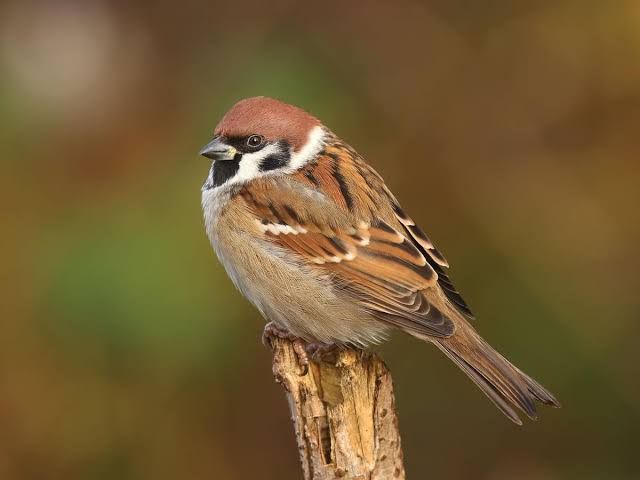
Eurasian Tree Sparrow (Passer montanus):
Special Features: Resembling its cousin, the House Sparrow, the Eurasian Tree Sparrow boasts a chestnut-brown cap and a chocolate-brown back, with distinct white cheek patches. Its petite size and agile nature make it a delightful sight to behold.
Distribution: Although primarily found in Asia, including parts of India, the Eurasian Tree Sparrow’s distribution is more localized compared to the House Sparrow. It frequents woodlands, parks, and urban areas, often nesting in tree cavities and crevices.

Yellow-throated Sparrow (Petronia xanthocollis):
Special Features: As the name suggests, the Yellow-throated Sparrow sports a bright yellow throat patch, adding a pop of color to its otherwise drab plumage. Males and females exhibit similar appearances. Also known as the Chestnut shouldered Petronia owing to the distinctive chestnut coloured shoulder patch.
Distribution: This sparrow species is primarily found in the northern and central regions of India, favoring rocky outcrops, cliffs, and scrubby habitats.
Did you know? Yellow-throated sparrow is the reason why the great Ornithologist Dr. Salim Ali chose his profession… now that could be a topic for another blog. See you around!
How many of these sparrows did you already know about? Let me know in the comments below! 😉

Very interesting and informative. Didn’t knew much about sparrows. Keep posting more!!! ❤️
Thank you for the appreciation Naishaa!! Yes, many more blogs are on the way✌️